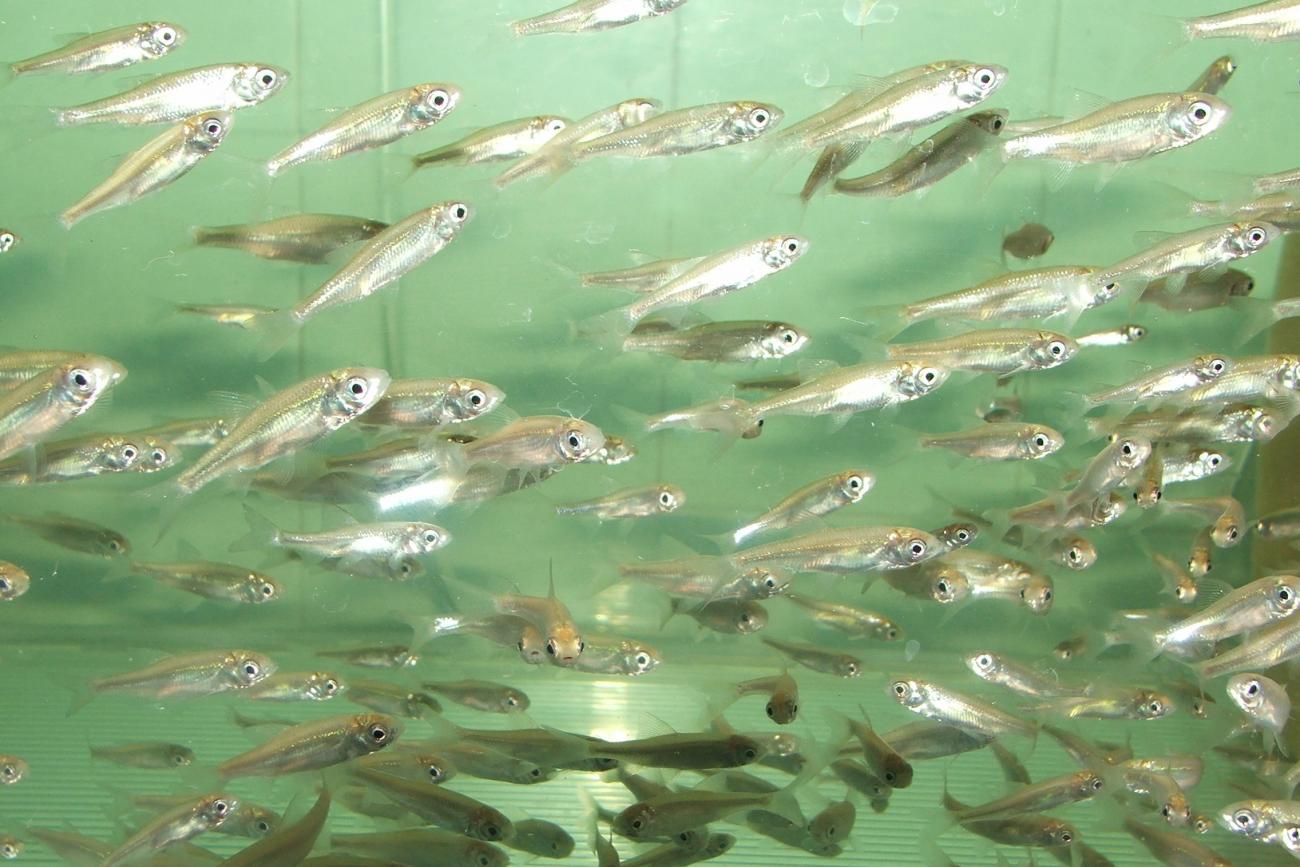
Comparative studies on the host specificity of myxozoan parasites (Myxozoa)
Myxozoans (Myxozoa) are an economically important, ubiquitous and highly interesting group of fish parasites. Some species cause extreme problems in ecosystems and aquaculture, like Myxobolus cerebralis, the causative agent of whirling disease in trout fry. To explore the potential targets (hosts) of these parasites and to assess the risk of disease outbreaks, the understanding of host specificity is essential. A constant problem is that in the description of myxozoan species, the characteristics of the infection and the susceptibility of different fish have barely been examined. Thus, it is no surprise that our knowledge is scarce on the origin of host specificity in this unique and important parasite group. In the proposed study, we plan to clarify several aspects of invasion and development of certain myxozoan model species, thereby exploring the background of their specificity and the host susceptibility. By examining host invasion patterns and tracking the parasite in experimental (cross-)infections and on a molecular level, we want to give an explanation for the derivation of the extraordinary host specificity observed. We therefore seek to compare the differential development of a myxozoan species with wide host range with that of one showing a limited number of susceptible host species.